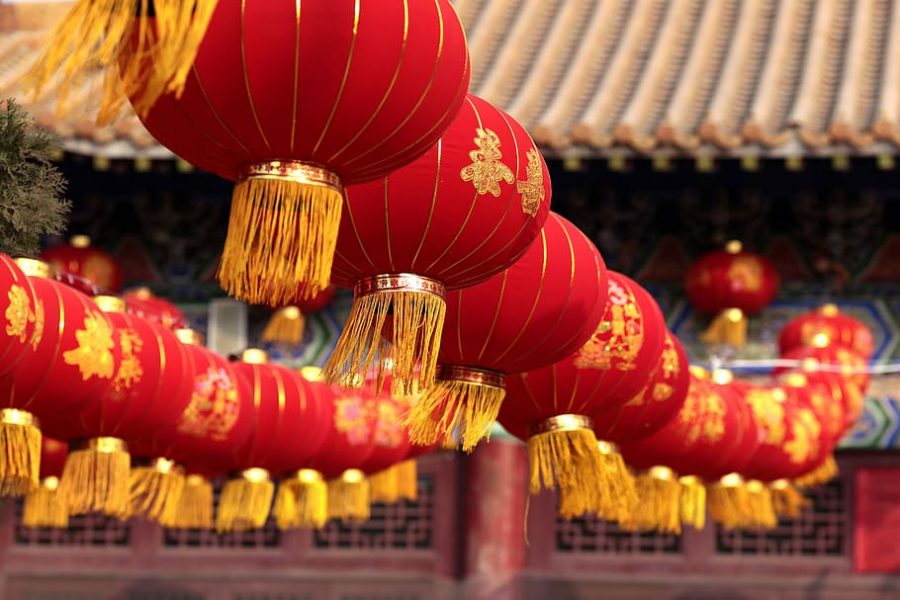New Years Round Two
The Chinese New Year began on January 25.
January 25, 2020
With 2020 almost a month in, millions of people around the world await to celebrate a new year again, the Lunar New Year. Lunar New Year, Chinese New Year, or simply the Spring Festival is a festival beginning January 25 that lasts approximately two weeks celebrated during the second new moon after the winter solstice, usually occurring between late January and mid February. It is a historic holiday that marks the beginning of the new animal’s zodiac year. The 12 animals that rotate every year include the rat, ox, tiger, rabbit, dragon, snake, horse, sheep, monkey, rooster, dog, and pig, with 2020 marking the year of the rat.
The festival in mainland China is accompanied with at least a week off of work and a month long winter break from school as an official public holiday. The holiday is to be celebrated by two billion people this year, from full-blown celebrations to small acknowledgments. It is most popularly observed in places like Hong Kong, Taiwan, Vietnam, Singapore, among other Asian countries. Much of the population is on the move, as people try to flock home in time to celebrate and reunite with loved ones. It is the busiest period of transportation and traveling in China especially in the days leading up to and after the start. As for those who reside outside of the areas that heavily celebrate, it is very common to be celebrated on a smaller, more intimate scale with friends and family nearby.
There are various traditions that come with the holiday from the food to attractions to common rituals. The color red is the symbol of happiness, wealth and prosperity and is used in decorations from lanterns in the street to clothing. The reunion dinner that is held on Chinese New Year’s Eve serves to remember the past year with a huge feast. Some of the most common foods to eat and prepare are spring rolls, dumplings, tangyuan (sweet rice balls), niangao (glutinous rice cake), fish, and noodles which all are said to bring good luck for the upcoming year. After a relaxing feast, many families watch the annual CCTV New Year’s Gala which is a favorite of celebrators abroad to watch as well. It is the world’s most watched TV show and features various Chinese performance arts from dancing to singing to comedy shows. On New Year’s Eve official fireworks shows are also set off in countless Chinese cities to celebrate the beginning of a new year. The people all gather to watch the extravagant productions as setting off fireworks at home is prohibited in most cities due to the pollution issue.
For kids, the beginning of the Lunar New Year brings fun in many traditional activities. First, all receive and wear new clothes or a new outfit to symbolize new beginnings. Instead of presents like those given out on Christmas, kids have to give greetings of health and luck to their elders, parents, or family members who then gift a red envelope or “hong bao” filled with “lucky” money.
The festival ends with the Lantern Festival, when on the evening of the 15th day of the first lunar month, on the night of the full moon, people gather to eat and see fireworks and lanterns again.
Here in the United States and in Pittsburgh, it is a pretty popular holiday, too, but the celebrations aren’t nearly as showy. Nonetheless, the holiday is equally important to many as traditional Western holidays. It’s another new beginning for all!












